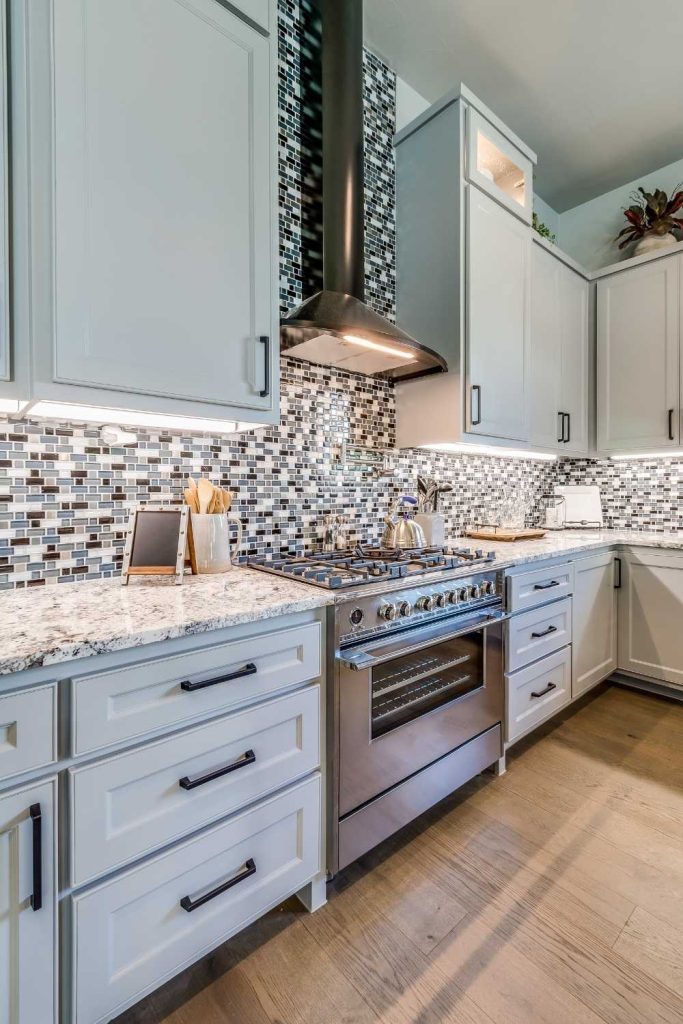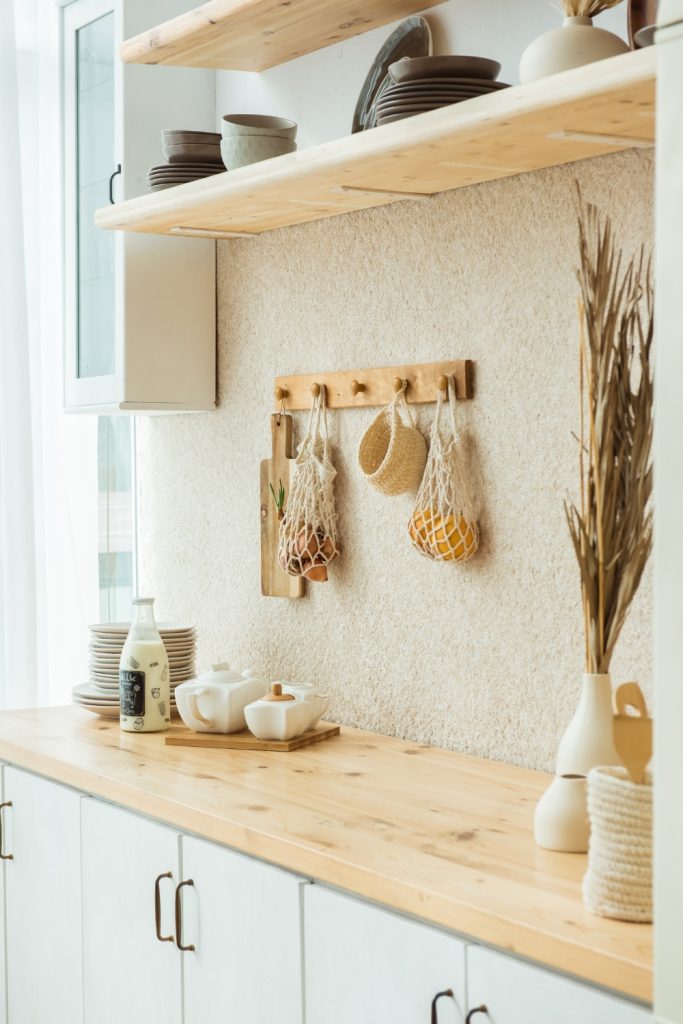The modern kitchen designs are often considered the heart of the home, where families gather to cook, eat, and socialize. As such, it’s essential that your kitchen not only looks stylish but also functions efficiently. Modern kitchen designs have evolved to blend aesthetics with practicality, creating spaces that are both beautiful and functional. Whether you’re renovating your kitchen or starting from scratch, this guide to modern kitchen designs will help you strike the perfect balance between style and functionality.
Open Concept Modern Kitchen Designs: Maximizing Space and Flow
Open concept kitchens have become a hallmark of modern design, as they promote a sense of spaciousness and encourage a flow between the kitchen and other living areas. Removing walls between the kitchen and dining or living room can make a home feel larger and more connected, allowing for easier interaction between family members and guests.
In an open-concept layout, it’s essential to maintain a cohesive design throughout the space. Choose a consistent color palette and materials that tie the kitchen to the rest of the home. For example, if your living room features warm wood tones, consider incorporating wood cabinetry or flooring in the kitchen. Additionally, islands and breakfast bars serve as both functional and aesthetic elements, providing extra counter space and serving as a central gathering point.
The key to a successful open concept kitchen is creating designated zones within the space. While the kitchen area should remain the focal point, it’s important to balance the design so that the entire area feels unified and harmonious.

Sleek, Minimalist Design with High-Quality Materials
Minimalism continues to be a dominant trend in modern kitchen designs, focusing on clean lines, uncluttered surfaces, and high-quality materials. The goal is to create a kitchen that feels sleek and sophisticated while maintaining a sense of simplicity and elegance.
One of the key elements of minimalist kitchens is the use of high-end materials such as marble, granite, and quartz for countertops, along with stainless steel appliances that offer both durability and a modern kitchen designs. Matte finishes are also becoming increasingly popular, as they provide a subtle yet luxurious appearance. For cabinetry, handle-less designs or hidden handles give the kitchen a streamlined, seamless look.
To maintain the minimalist aesthetic, it’s essential to keep clutter to a minimum. Invest in smart storage solutions, such as pull-out pantry shelves, hidden compartments, and under-cabinet organizers, to keep your kitchen functional without sacrificing its clean lines.
Lighting plays an equally important role in a minimalist kitchen. Instead of ornate fixtures, opt for simple pendant lights, recessed lighting, or under-cabinet LED strips that provide both function and subtle style. The right lighting not only enhances the beauty of high-quality materials but also creates a warm and inviting atmosphere without breaking the clean aesthetic.
Color palettes in minimalist kitchens often lean toward neutrals such as white, black, gray, or beige. These tones provide a timeless backdrop that allows the materials themselves to stand out. To avoid the space feeling too stark, subtle accents in natural wood or muted metallics can introduce warmth and depth while staying true to the minimalist vision.
Another key to success in this design style is balance. Minimalism should never feel cold or unwelcoming. By carefully choosing textures—such as matte finishes, smooth stone, or soft textiles—you can create a kitchen that feels both functional and comfortable. This thoughtful approach ensures that the space is not only beautiful but also a joy to use every day.

Smart Kitchens: Integrating Technology for Efficiency
Incorporating technology into modern kitchen designs has become a must for homeowners seeking convenience and efficiency. From smart appliances to innovative storage solutions, technology is transforming the way we use our kitchens.
Smart appliances, such as refrigerators that can track groceries, ovens that can be controlled via smartphone, and dishwashers with energy-saving features, are becoming more common in modern kitchen designs. These appliances not only make cooking and cleaning easier but also contribute to a more sustainable and efficient kitchen.
Additionally, integrated lighting systems are an essential feature of modern kitchen designs. LED lighting can be programmed to adjust to different times of day, providing bright, cool light for cooking and warmer, softer light for dining or relaxing. Voice-controlled systems, such as smart assistants, can also be used to control lights, appliances, and even music, adding a layer of convenience to the kitchen.
Modern kitchen designs combine style and functionality to create spaces that are not only visually appealing but also practical and efficient. By embracing open-concept layouts, minimalist aesthetics, and smart technology, homeowners can create kitchens that meet their needs while reflecting their personal taste. Whether you’re updating your existing kitchen or designing a new one, these modern kitchen designs principles will help you achieve a space that is both beautiful and functional. With the right balance of style, materials, and technology, your kitchen can become the perfect blend of form and function.
Another exciting aspect of technology in the kitchen is the rise of automation. Touchless faucets, motion-sensor trash bins, and automated coffee machines are just a few examples of how convenience is being redefined. These features not only save time but also help maintain hygiene, which is especially important in a space where food is prepared.
Sustainability is also closely linked with modern kitchen technology. Energy-efficient appliances, water-saving systems, and smart thermostats reduce environmental impact while lowering utility bills. Many homeowners are now seeking eco-friendly solutions, such as induction cooktops that use less energy or appliances designed with recyclable materials, to align with a greener lifestyle.
Finally, connectivity has become a defining element of modern kitchen designs. With Wi-Fi-enabled devices, homeowners can monitor cooking progress, track energy usage, or even receive recipe suggestions directly from their appliances. This integration of digital tools makes the kitchen not just a place for cooking but a hub of innovation and smart living, blending practicality with the future of home design.





















